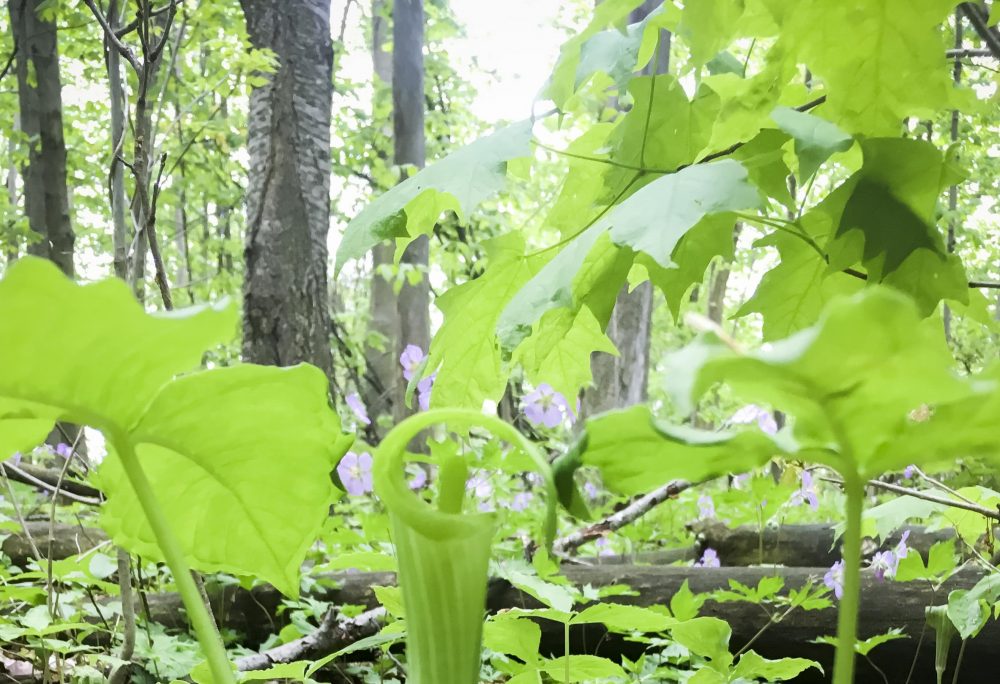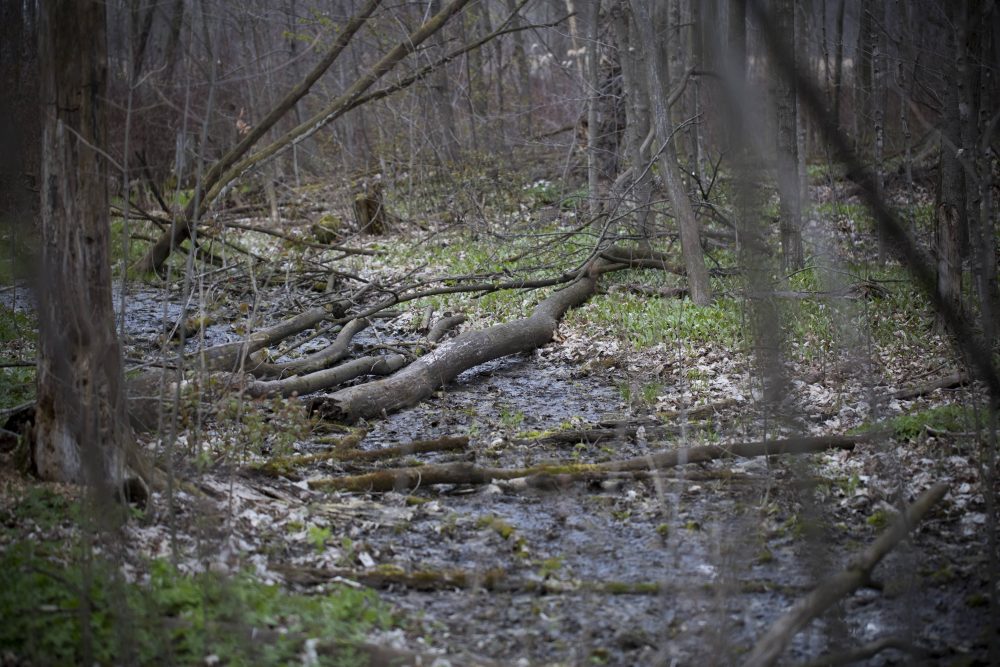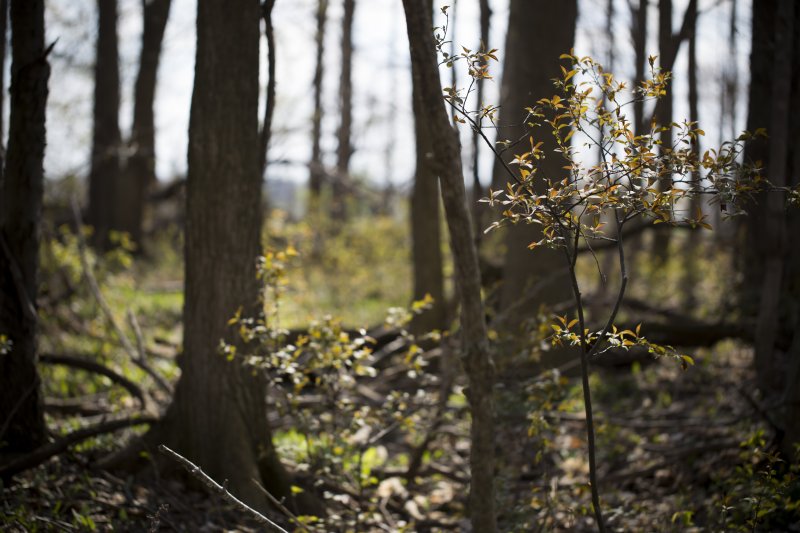Forests
Forests of Huron County
Fifteen percent of Huron County is forested. Our deciduous and mixed forests are located just north of the ecologically diverse Carolinian zone, and are home to many at-risk and rare species. Forests provide us with clean air, clean water, valuable resources, and emotional wellness. Forests act as filters for agricultural runoff, and their root systems play a major role in preventing erosion along our river valleys and shoreline. On a global scale, they mitigate climate change by taking in and storing a significant amount of carbon-dioxide.

Threats to our Forests
In Southwestern Ontario, approximately 90 percent of the original forest cover has been removed to make way for other land uses including agriculture and development. As a result, many forest-dwelling animals are currently listed as species-at-risk.
Diseases and Invasive insects are major threats to our forests. The emerald ash borer is an wood-boring insect native to Asia. This invasive insect has been responsible for the death of nearly all mature ash trees in Huron County, and millions of trees in Southwestern Ontario. Beach bark disease is an emerging disease of major concern that causes deformities and the death of beech trees. Development of this disease begins when the invasive beech scale insect feeds a on a beech tree, opening up a pathway for infection with a native fungus. Infection with the canker fungus often results in tree deformities and tree death.
Invasive plants such as Garlic mustard and European buckthorn can aggressively crowd out our native trees, shrubs, and forest floor plants. Establishment of these species lead to major declines in diversity.

How you can help
Funding is available to help with tree planting projects! Contact the HSC if you want to learn more about funding opportunities. Wondering which tree species you should plant on your property? The Tree Atlas below can help you learn which species are native and will thrive in your region. You can also contact us, or your local conservation authority for advice and assistance.

